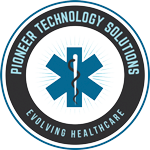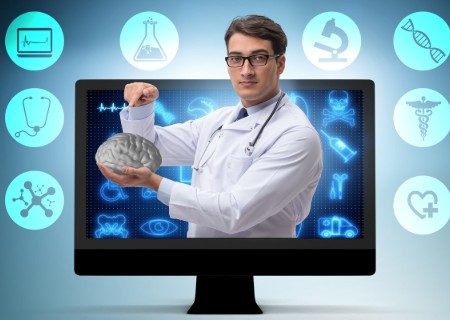There is a definite connection between mHealth and telemedicine, in that both areas involve the use of technology to provide health care services to individuals, in settings other than the traditional doctor’s office. In the case of mHealth, however, mobile devices are used as a vehicle to facilitate care between patients and doctors, so that healthcare services can be delivered, and sometimes, consultations between the two parties can take place.
Telemedicine does not necessarily involve the usage of mobile devices for consultation and healthcare delivery, although smartphones, tablets, and laptops can certainly be involved during telemedicine sessions. Both these areas might be considered to be components of the broader telehealth arena, which is thought by most medical professionals to include all those services related to remote consultation and healthcare delivery.
Differences Between mHealth and Telemedicine
While it may sound like telemedicine and mHealth are close to being the same thing, that’s not quite true. If anything, mHealth could probably even be considered a subset of telemedicine in its application. If you were to search for mHealth apps on Amazon or on Google Play, the vast majority of the apps you would find perform functions such as tracking your medications, monitoring diabetes or asthma, and monitoring your heart rate.
There are something like 13,000 of these mHealth apps available already, with thousands more likely on the way. For the most part, they can be considered very capable fitness trackers or monitoring apps, sometimes with additional features and functions included. It’s probably even a fair statement to say that mHealth apps are often used as wearables, so that the owner can accomplish self-monitoring, and can stay involved with their own healthcare.
This, of course, is true as well in the larger area of telemedicine, where consultations with doctors will often result in recommendations to patients that they take a greater stake in their own healthcare, making better life choices and adopting healthier lifestyles. It’s clear that both of these areas have the same intent, which is to encourage patients to take a greater ownership of their own healthcare, but to also consult as needed with a qualified physician, whenever the situation warrants it.
Contributions of mHealth and Telemedicine
It is quickly becoming very clear that mobile health tools (mHealth tools), telemedicine, and all those health devices associated with both, can be a huge boon to patient and doctor. While many more patients can be seen by remote consultations in telemedicine and many more patients can be self-monitoring using mHealth tools, there’s also a huge benefit to the medical professional community.
It’s well-known that there is a growing disparity between the number of patients needing quality healthcare service and the number of available qualified physicians to deliver those services. For quite some time already, that huge disparity has been contributing to physician burnout and the overworking of practically all medical professionals.
With the advent of all the tools available from mHealth and telemedicine, not nearly as many doctor visits will be required by patients, and a great many consultations can be arranged remotely, so that the time and energy of physicians can be conserved. Many doctors’ offices are now becoming very interested in offering telemedicine services, as they realize that the best care can be provided to patients through a combination of mHealth and telemedicine.
It is also becoming increasingly apparent that the aging American population would benefit immensely by remote patient monitoring, because there are simply not enough medical professionals to handle all of the in-office calls which will be necessary as the senior count increases. By connecting private homes to clinics and doctor offices, a great many patient visits can be eliminated, while still providing high-quality care and consultation to seniors who require it.
It’s even possible that more technology devices will be added to the arsenal already available, for instance simple robots which could perform household tasks and relate important medical information to a doctor’s office. There’s no question that the medical industry as a whole is at a crossroads, where it is highly likely that much more medical service will start to be supplied by remote consultations and tools included broadly in the fields of telemedicine and mHealth.
The great thing about this is that it’s a win-win situation for patients and doctors – everyone benefits by the greater availability of medical service, as well as the diminished need for face-to-face encounters with medical professionals.


Recent Comments